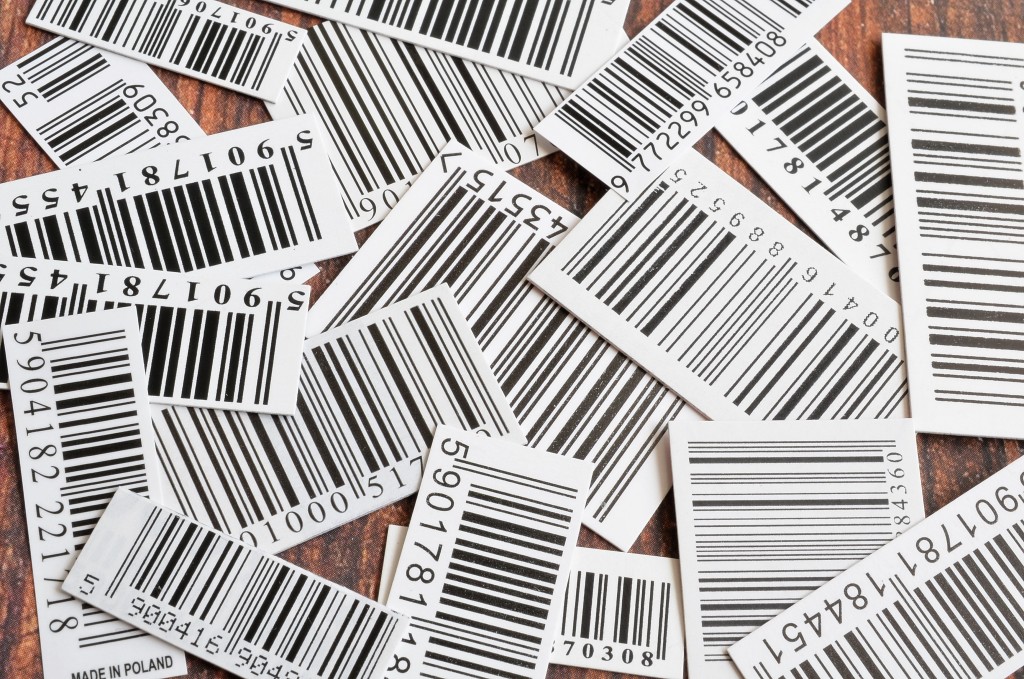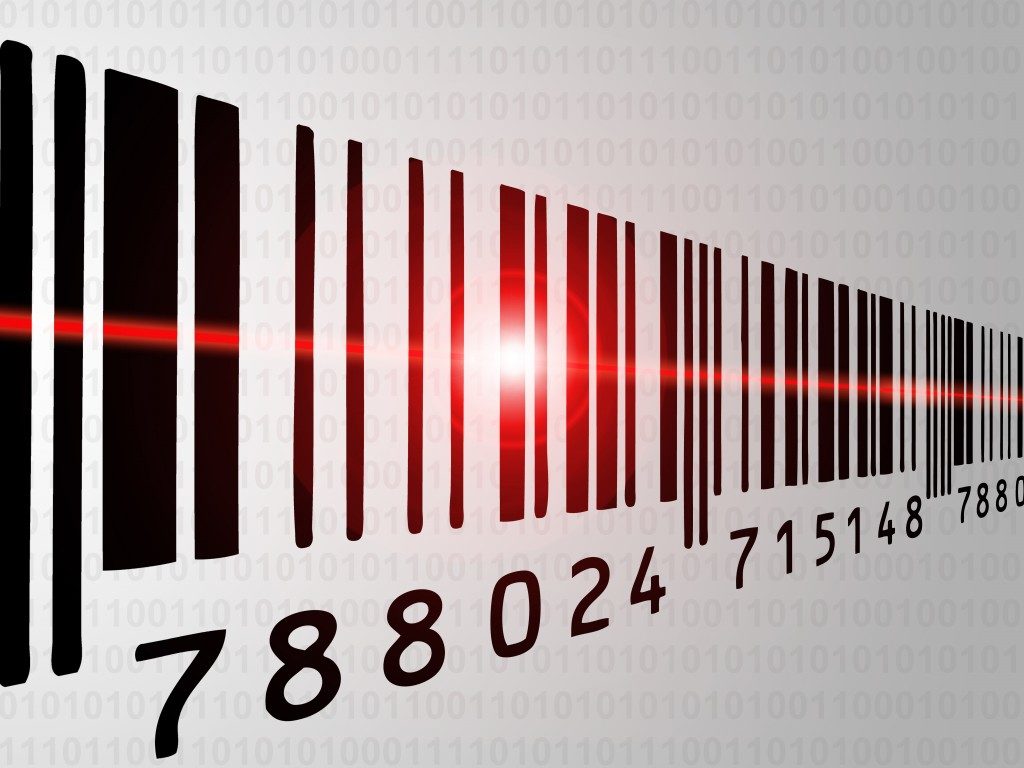Things You Need to Know About Barcodes

Did you ever wonder how barcode scanners identify the information stored in grocery staples? Astonishingly, these objects contain a barcode that differs in terms of the information they contain. For example, stored data in a grocery item’s barcode is different from your social security card. Are you interested to know more? If you are, let’s jump further into the world of barcodes.
Barcodes: What are they?
Barcodes are machine-readable codes containing numbers and letters that are unique. It can either be made up of parallel lines or patterns of varying widths printed on a product’s packaging or other labels.
Initially, bar codes are one-dimensional horizontal lines of varying lengths and widths. The most fundamental barcodes were used for product identification. An experienced Zebra repair service technician explains that barcode scanners read information immediately, but the size of data stored in it isn’t as complex as the ones found in modern versions. Usually, between eight to twenty-five characters are found in one-dimensional bar codes.
Now, barcodes have become more advanced as patterns and even graphic designs are integrated. Two-dimensional barcodes are more versatile and complex. You have QR codes, data matrix, or Maxicode as usual examples of these two-dimensional barcodes.
How does it work?
Barcodes are symbols that can be read with the use of a scanner. With the help of a scanner, information is read and is displayed. Afterward, the information is stored in a system or a database. Barcodes are used for inventory tracking, product pricing and identification, and more. Now, it is used as a unique security feature that only a specific user obtains. You can see its function on money or digital wallet transfers or online shopping.
Brief History of Barcodes

Barcodes are continuously evolving. In 1949, Joseph Woodland drew parallel lines on a beach’s sand that represented long dashes and dots, later known as the Morse code. With the discovery of the Morse code, Woodland has been searching for problems that can be resolved with his innovation. Luckily, a grocery chain president asked help from the Drexel’s university head for the automation of his grocery checkout process.
It was in 1952 that the patent for barcodes was awarded. Since then, the development of barcode technology started. In 1966, the National Association of Food Chains (NAFC) began discussing, once again, the automation of checkout systems. The fundamental guidelines for barcode development and effective coding system happened during the mid-1970s.
The ground-breaking standard 11-digit code came to life as a way of identifying a product. The moment came when the first-ever barcode was scanned in a supermarket located in Troy, Ohio. It was on June 26th of 1974 when a Wrigley’s Juicy Fruit Gum marked its history in the barcode timeline.
Little or insignificant as it may seem, barcodes have been an integral part of the shopping automation process. Its discovery made the technology of retail stores more convenient, more accurate and quicker. If not for this innovation, we’d probably wait for hours to get the correct price and information about the product we want to buy.




